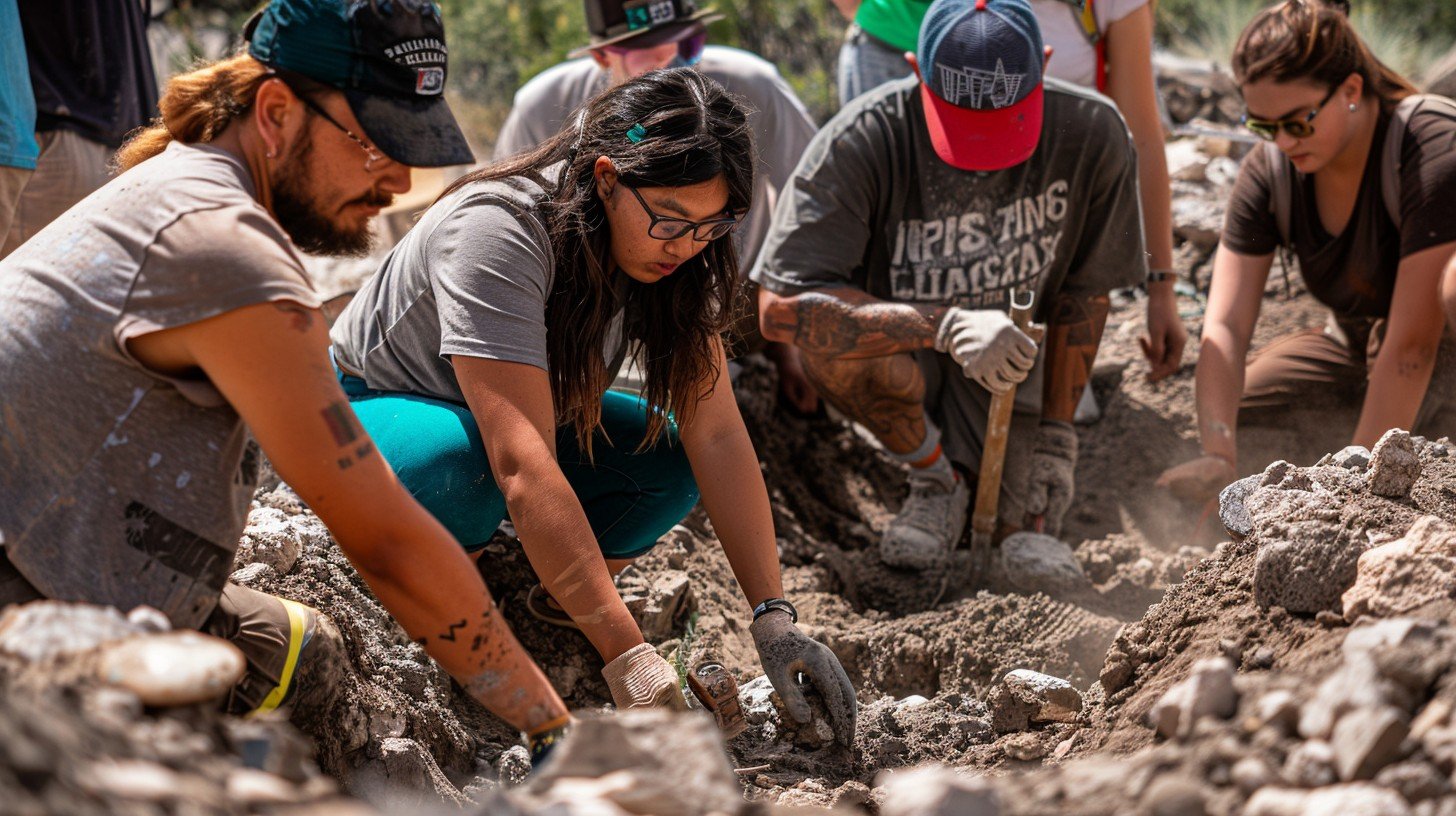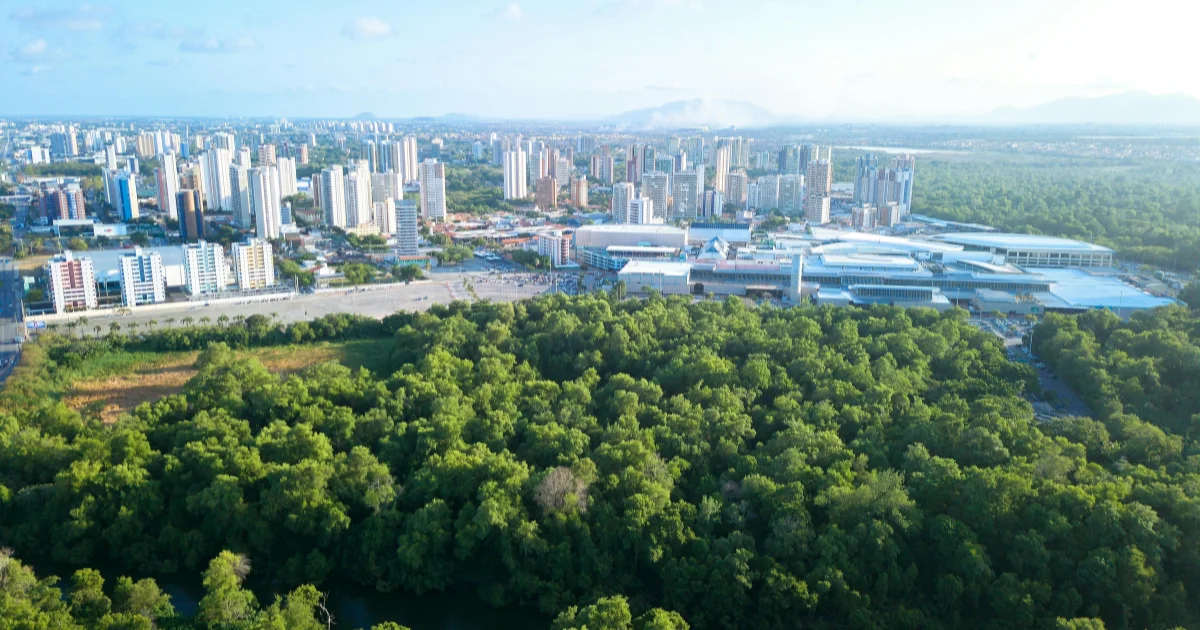The Science of How Trees Help Cool Us
Trees are not just beautiful to look at – they play an important role in keeping us cool. Trees have several natural processes that lower temperatures, clean the air, and make our environment healthier. Understanding the science behind how trees help cool us can help us appreciate their value even more.
Table of Contents
ToggleTrees Provide Shade to Block Sunlight
The most obvious way trees cool us is by providing shade. When sunlight hits a tree, the leaves block a portion of it, creating a cooler area underneath. This shaded area can feel 10-15°F (5-8°C) cooler than direct sunlight. Without trees, open spaces, sidewalks, and roads absorb a lot of heat, which makes the environment hotter. The shade from trees reduces this heat and creates a pleasant, cooler place to relax on a hot day.
Trees Release Water Through Transpiration
A process called transpiration helps trees cool the air. Trees absorb water from the ground through their roots. This water travels up to the leaves, where it turns into water vapor and is released into the air. This release of moisture cools the surrounding air, similar to how our sweat cools us on a hot day. When the air is hot and dry, the cooling effect from tree transpiration can make a big difference.
Trees Absorb Heat-Trapping Carbon Dioxide
Trees play a vital role in fighting climate change by absorbing carbon dioxide (CO₂), a greenhouse gas that traps heat in the atmosphere. Through photosynthesis, trees take in CO₂ and store it in their wood and leaves, releasing oxygen back into the air. By reducing the amount of CO₂ in the atmosphere, trees help slow down global warming and keep temperatures lower.
Trees Help Reduce Urban Heat Islands
In cities, concrete buildings, asphalt roads, and other hard surfaces absorb and retain heat, creating what scientists call “urban heat islands.” These areas can be much hotter than nearby rural areas, especially during the summer. Trees can help reduce the heat island effect by providing shade and releasing moisture, which lowers temperatures around them. When cities plant more trees, they become cooler and healthier places for people to live.
Trees Improve Air Circulation
The structure of a tree, with its branches and leaves, helps create air movement. This circulation allows fresh, cool air to replace the warm air that collects near the ground. In areas with many trees, this natural air movement improves ventilation, making the environment more comfortable. By improving airflow, trees help us feel cooler even on hot days.
Trees Lower Energy Use and Save Money
Trees planted near buildings provide natural shade, which keeps rooms cooler. This reduces the need for air conditioning, which saves energy and lowers electricity bills. When we use less energy, we produce fewer greenhouse gases, which helps slow climate change. Planting trees near homes, schools, and offices is a simple way to save energy and money while keeping the environment cooler.
Trees Promote Biodiversity and a Balanced Ecosystem
Healthy trees support many different kinds of wildlife, such as birds, insects, and small animals. These creatures are part of a balanced ecosystem that keeps our environment healthy and resilient. When ecosystems are balanced, they can handle changes in climate and temperature better, which helps maintain a stable environment for all living things.
Trees Store Carbon to Reduce Climate Change
Trees naturally store carbon in their wood, branches, and roots. This process, known as carbon sequestration, reduces the amount of CO₂ in the atmosphere. By capturing and storing CO₂, trees help reduce greenhouse gases that cause global warming. Planting and protecting trees is one of the most effective ways to combat climate change and keep the Earth cooler.
Trees Are Vital in the Fight Against Heatwaves
As climate change makes heatwaves more common, trees become even more important. Heatwaves can be dangerous, especially for people living in cities where temperatures rise quickly. Trees offer natural cooling that helps lower the risk of heat-related illnesses. Cities with more trees are better able to handle heatwaves, creating safer and more comfortable conditions for everyone.
Relevant post: In impressive trees influence the climate in 2024
Other Relevant: Trees and Climate Change: How Forests Benefit the Climate
Conclusion
The science of how trees help cool us is simple yet powerful. Trees provide shade, release moisture, absorb carbon dioxide, and improve air circulation. They play a critical role in reducing urban heat, lowering energy use, and storing carbon to combat climate change. As we face hotter summers and more extreme weather, trees become even more valuable. By planting and protecting trees, we can create cooler, healthier environments for ourselves and future generations.




